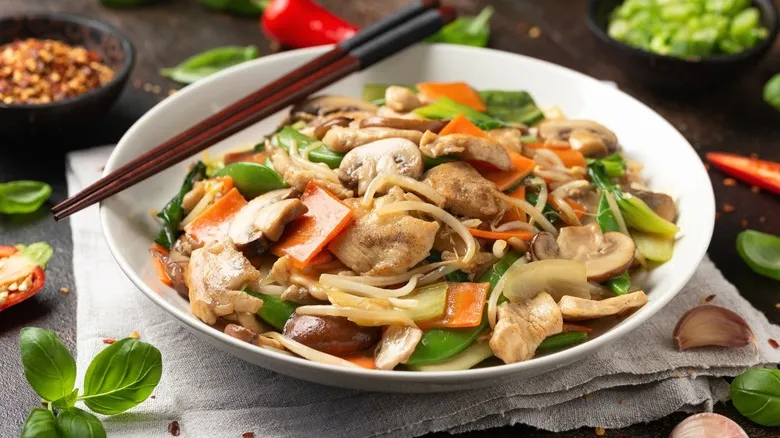Chow mein requires one special ingredient
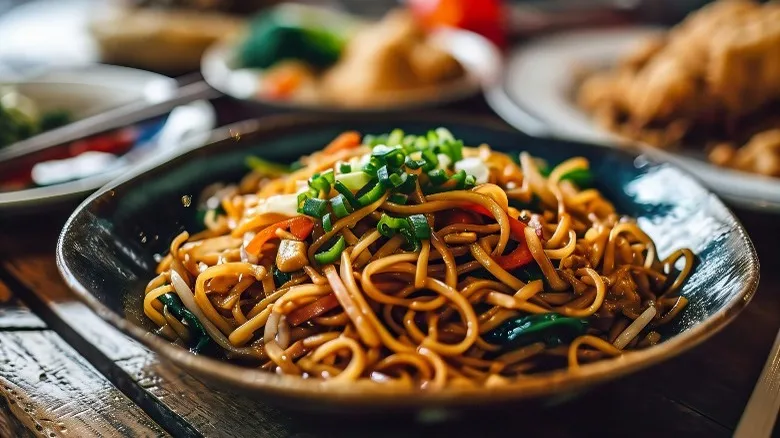
Chow mein is different from chop suey primarily because it includes a key ingredient: noodles. The term originates from the Mandarin expression "ch'ao mien," which translates to "stir-fried noodles." Typical additions consist of green onions, carrots, cabbage, bean sprouts, mushrooms, and light soy sauce. To appeal to American tastes, meat and gravy toppings were introduced later. It's important to distinguish chow mein from lo mein, as the latter features softer noodles in a thicker sauce.
Chow mein also varies by region, leading to different preparation methods in Chinese restaurants. For instance, Hong Kong-style chow mein is characterized by a base of crispy-fried egg noodles topped with vegetables and sauce, allowing the flavors to seep into the noodles. Some variations even substitute egg noodles with rice vermicelli. Regardless of the preparation style, noodles remain the essential component of chow mein.
Chop suey is a resourceful technique
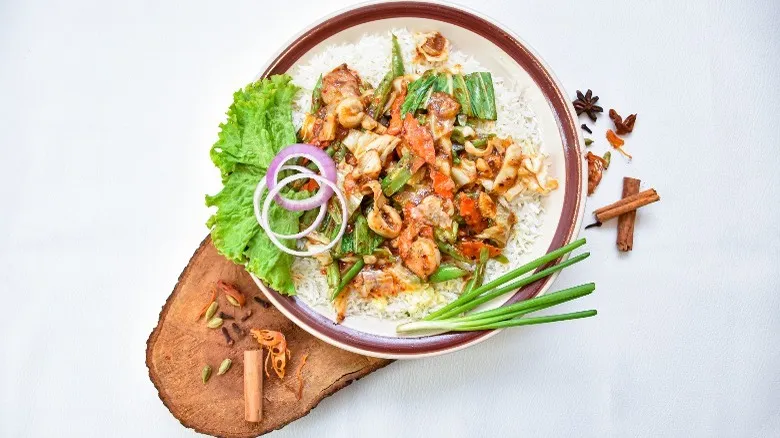
In contrast to chow mein, chop suey is characterized by its more flexible preparation and diverse ingredients. The term originates from the Cantonese phrase "tsap seui" or the Mandarin "tsa sui," which loosely translates to "odds and ends." Initially, chop suey emerged as a creative blend of leftover components from various dishes, eventually becoming a staple in American dining culture. The core elements of this dish typically include fried rice (or sometimes noodles), vegetables, sauce, and a protein source. However, it can be crafted from whatever ingredients are available, making it a favored option for minimizing food waste.
The origins of chop suey, however, are as debated as its recipes. Scholars discuss who truly created this dish and whether it genuinely belongs to Chinese culinary history or is merely an American invention. The reality likely lies somewhere in between — chop suey is authentically Chinese American. This dish transcends strict definitions and has evolved into a dynamic part of culinary history. Individuals can personalize it in countless ways, and there is an abundance of recipes to explore.
Recommended

What Is The Chicago Mix And Where Did This Popcorn Come From?

Why Dipping Your Cinnamon Rolls In Chili Just Works
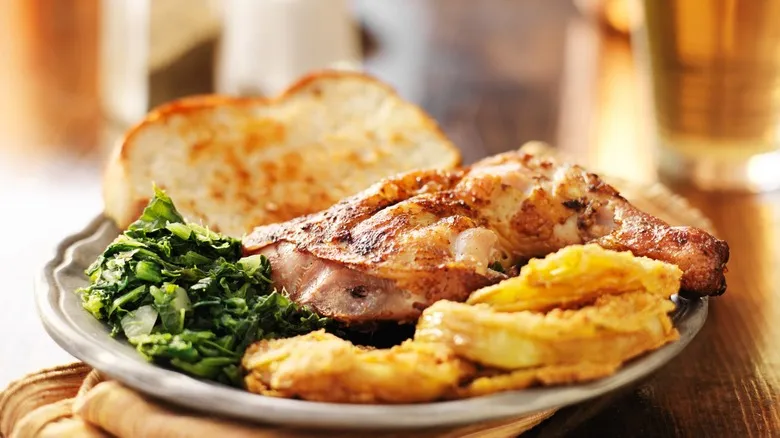
The Important History Of Soul Food In Southern America
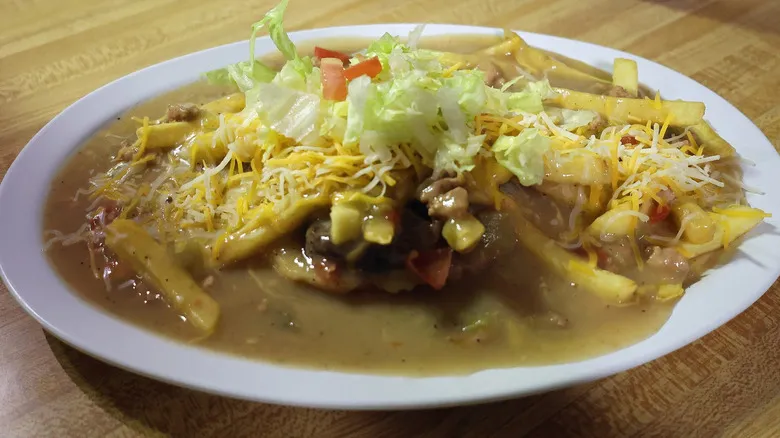
Colorado's Pueblo Slopper Is The Regional Dish That Tastes Better Than It Sounds
Next up

